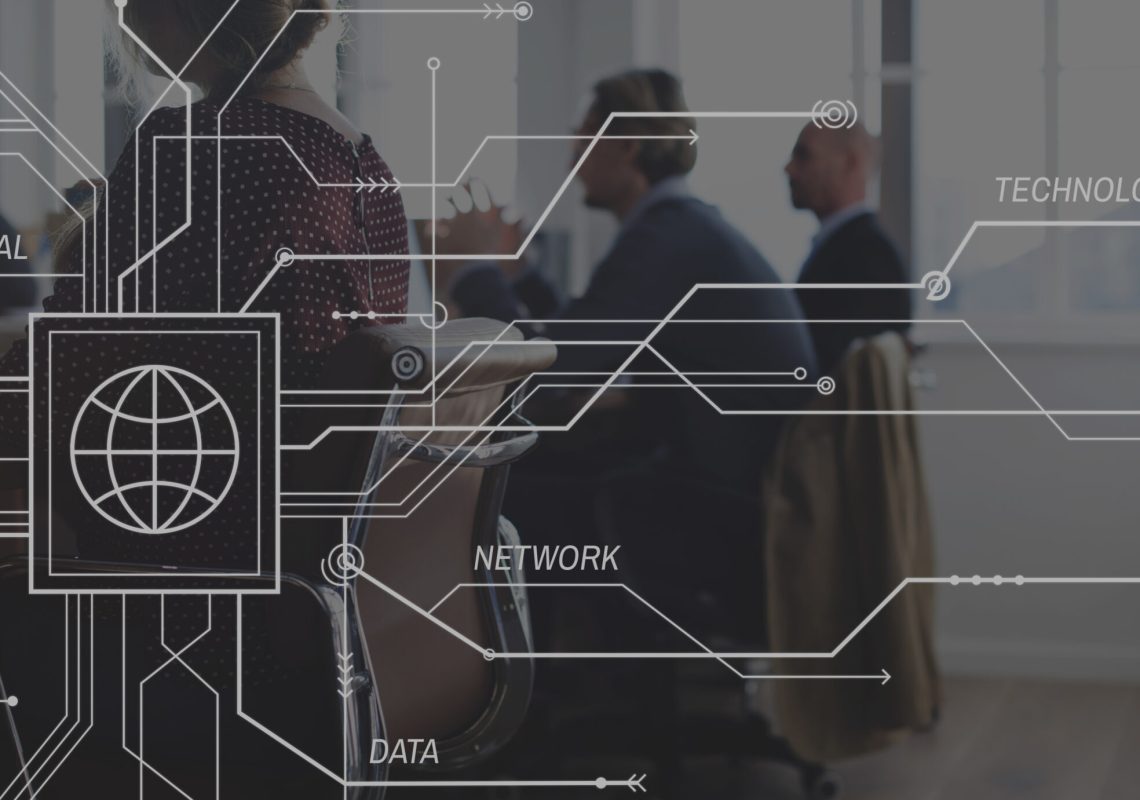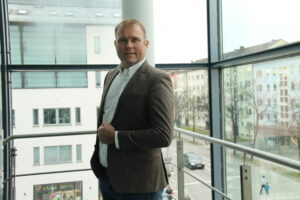In today’s tech landscape, the intersection of software development and the Internet of Things (IoT) is reshaping industries, offering boundless possibilities for creating intelligent, interconnected systems. Understanding how software and IoT converge is pivotal for unlocking innovation and building impactful solutions that resonate across various sectors.
Evolution of IoT
The IoT journey has evolved from basic connected devices to intricate networks of interconnected systems. This evolution, driven by advancements in hardware, wireless connectivity, and cloud computing, has paved the way for sophisticated IoT applications that redefine how we interact with technology on a daily basis.
Software Development in the IoT Era
Software is the cornerstone of every IoT solution, orchestrating device interactions, processing data, and enabling meaningful actions. Developing software for IoT presents unique challenges, including designing scalable architectures to handle vast data streams and prioritizing security to protect sensitive information. Additionally, flexibility is crucial to accommodate the diverse range of devices and platforms within the IoT ecosystem.
Key Technologies and Frameworks
A plethora of technologies and frameworks facilitate IoT application development, empowering developers to build robust solutions efficiently. IoT platforms like AWS IoT, Microsoft Azure IoT, and Google Cloud IoT simplify device management and data processing, allowing developers to focus on application logic. Lightweight communication protocols such as MQTT and CoAP optimize resource utilization and network efficiency.
Crafting Smart and Connected Applications
Creating smart and connected applications requires a collaborative, multidisciplinary approach that integrates software development, hardware engineering, data science, and domain expertise. Agile methodologies like Scrum and Kanban facilitate iterative development, while CI/CD pipelines ensure timely delivery of high-quality software.
Case Studies
Across industries, IoT technology is driving transformative change. In healthcare, remote patient monitoring systems enhance early detection of health issues. In agriculture, IoT sensors optimize irrigation and crop management practices. In manufacturing, predictive maintenance systems minimize downtime and boost productivity. These examples illustrate the tangible benefits of IoT across diverse domains.
Conclusion
The fusion of software development and IoT heralds a new era of innovation and connectivity. By harnessing the power of intelligent software and interconnected devices, organizations can unlock new opportunities for growth and efficiency. However, realizing the full potential of IoT requires strategic vision and collaboration across disciplines. As we continue to push boundaries, the synergy between software development and IoT will shape the future of technology, enhancing how we live, work, and connect in profound ways.




